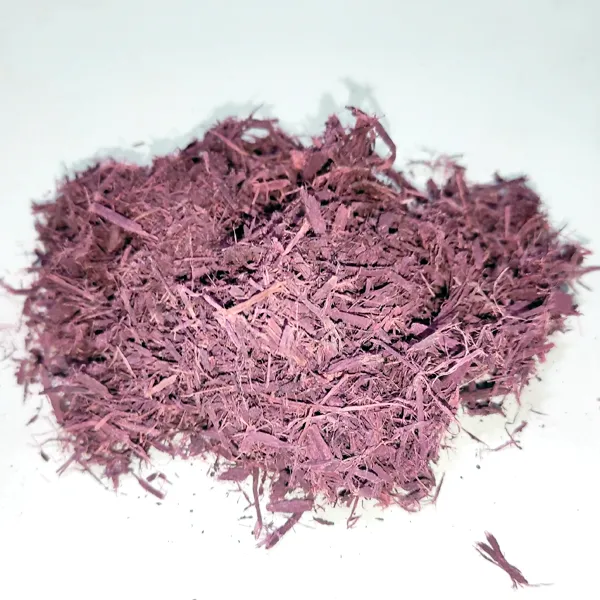A CPAP machine plays a vital role in managing sleep apnea, ensuring consistent airflow throughout the night. However, maintaining a sanitized CPAP device is just as important as using one. A clean machine not only functions efficiently but also safeguards your health by preventing harmful bacteria, mold, and allergens from accumulating. Proper cleaning and maintenance should be a routine part of your sleep therapy to ensure that every breath you take is fresh and free of contaminants. Regular cleaning helps to remove dust, germs, and other particles that can build up over time. The warm, moist environment inside the CPAP system creates an ideal breeding ground for bacteria and fungi. When left uncleaned, these microorganisms can enter your airways, causing respiratory infections, congestion, or even allergic reactions. Keeping your equipment sanitized significantly reduces these risks and allows you to breathe comfortably each night.

A thorough cleaning routine should include all components of the CPAP system, such as the mask, tubing, water chamber, and filters. Each part requires attention to prevent buildup and blockages. The mask, which comes into direct contact with your skin, should be wiped down daily to remove oils and dirt. The tubing and water chamber should be rinsed and disinfected regularly to ensure that moisture does not lead to bacterial growth. Even the filters need to be replaced or cleaned according to the manufacturer’s guidelines for optimal performance. Using proper cleaning techniques is essential for maintaining hygiene and ensuring the longevity of scpap cleaning machine. Mild, fragrance-free soap and warm water are often recommended for cleaning, as harsh chemicals can damage the materials or leave behind harmful residues. Some users prefer specialized cleaning solutions designed for CPAP machines, but it is important to make sure they are safe and effective.
Proper drying of all components is just as crucial since any remaining moisture can encourage microbial growth. Apart from daily and weekly cleaning routines, deep sanitization should be performed periodically. This can be done using various methods such as UV light sanitizers, ozone-based disinfecting systems, or manual deep-cleaning with safe disinfectants. While some methods require additional equipment, they offer an extra level of cleanliness, especially for individuals prone to allergies or respiratory issues. Ensuring that all parts of the machine are thoroughly dried and reassembled correctly after deep cleaning helps maintain its efficiency and hygiene. Neglecting CPAP maintenance can lead to various health concerns, including sinus infections, throat irritation, or even lung complications. A well-maintained device promotes better sleep quality and overall well-being. Proper care of your CPAP machine is not only beneficial for your health but also extends the lifespan of the equipment, saving you money in the long run.




